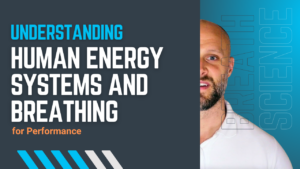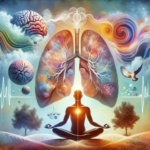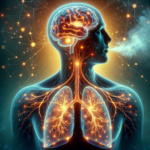A Case Study of Breath Control Training in a 35-Year-Old Male Following Pulmonary Embolism Resolution.
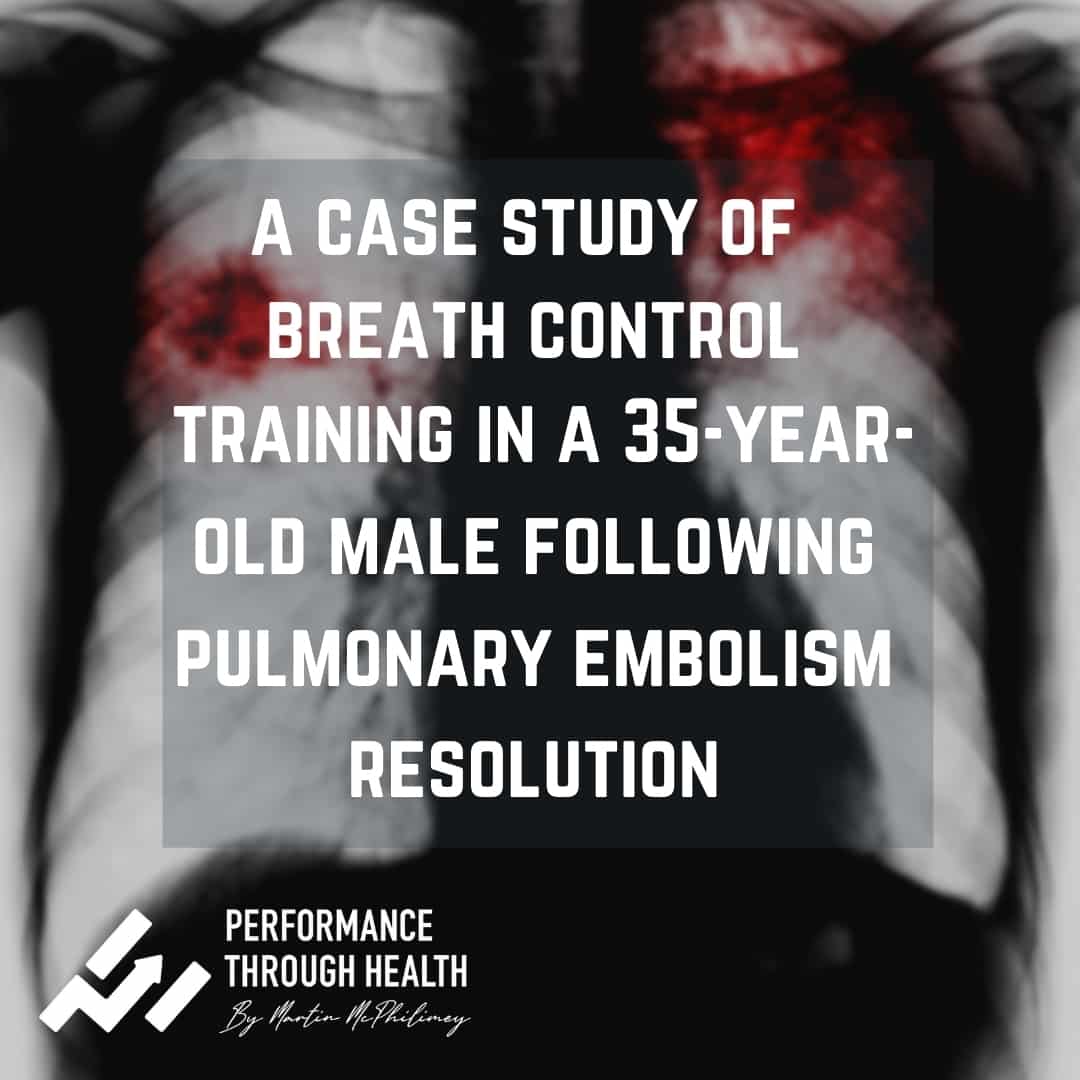
A Case Study of Breath Control Training in a 35-Year-Old Male Following Pulmonary Embolism Resolution.
By Martin McPhilimey BSc, MSc, MRes, CRFS
Introduction
A 33-year-old, 192cm tall male weighing 103kg with a BMI of 28kg/m² was referred to a respiratory specialist to manage unexplained acute shortness of breath.
In July 2019, he had several cardiology investigations including a CTPA and a CTCA, and this did not find any significant issues. He also had an echocardiogram, which was unremarkable, and there was no pulmonary hypertension. However, another repeat scan one week later found large saddle pulmonary emboli. He was referred to the Emergency Department and commenced Rivaroxaban for anticoagulant medication. A thrombophilia screen taken in ED was standard.
The patient reports having increasing shortness of breath for several weeks whilst working as a construction supervisor. He denied any coughing, wheezing, or chest tightness. There were no long-haul flights or prior surgery.
His symptoms were starting to improve but then plateaued. There was still ongoing shortness of breath. This is mainly in an internal sensation when sitting in certain positions. There was a reduction in exercise tolerance, struggling to keep up with his partner whilst hiking. He has a 13-pack-year smoking history, quitting eight years ago.
In November 2019, His repeat CTPA showed resolution of the pulmonary emboli. In addition, his lung function tests have shown normal spirometry with a mildly impaired gas exchange. He has an FEV1 of 93%, FVC 96% and DLCO 61%, and by the end of 2019, his lung function results were within the normal range, and his symptoms were getting better. Therefore, he was discharged from specialist care.
However, in February 2021, he presented with a cluster of non-specific symptoms. On examination, he was saturating at 97% on room air, and his chest was clear. He reports a sensation of nasal obstruction without rhinorrhoea, post-nasal drip, occasional tinnitus, and fatigue. He also feels he has ‘shallow breathing’ and has to take deep breaths to compensate for this. He also experiences dizziness with repetitive tasks. His lung function tests came back with mild obstruction with a significant bronchodilator effect suggesting mild Asthma but did not fit his symptom severity.
Throughout the lung function test; observationally there was a dysfunctional breathing pattern with poor breathing mechanics. There was apparent upper chest breathing and regular sighing, and air gasping.
CO2 tolerance was assessed by the time recorded till the first noticeable breath urge from a nasal hold at end-expiration (BOLT score, Oxygen Advantage) and expiration breath control time from full inspiration (Shift Adapt & HHP foundation). Initial scores measured at 26 and 28 seconds, respectively, suggesting low CO2 tolerance, a heightened state of sympathetic nervous system arousal, and poor breath control. In addition, blood pressure was 140/90 indicating stage 2 hypertension, heart rate variability (HRV) measure by his apple watch scored an SSDI of 22, and his breathlessness score using The University of California, San Diego Shortness of Breath Questionnaire (USCD SOBQ) was 62/120. Finally, life stress and burdens were measured using the perceived stress score, initially reading 24/40, suggesting a moderately stressful lifestyle.
Action Plan
Unhappy with his quality of life due to shortness of breath on exertion, the patient enrolled in an eight-week breathwork training program with Performance Through Health owner Martin McPhilimey. Breath awareness training and education with regards to nasal vs oral breathing was delivered and he was initially prescribed diaphragmatic breathing through the nose, 10 minutes twice daily at a flow of 3-second inhalations and 6-second exhalations. There was no pause in between breaths (3 0 6 0). After one week and confirmation of appropriate breathing mechanics, breath control methods, including consciously lengthening breath cycles at rest and following duress, were added. In addition, breath holds at full inspiration and expiration throughout the breath cycle, and CO2 tables taken from the freediving community were used to extend the maximal breath-hold time and CO2 tolerance. Flow and hold lengths depended on weekly recordings of BOLT score and expiration control time test plus subjective feedback to produce an individualised and progressive training program. During the final weeks of training, breath rate reduced to 3 breaths per minute (10 0 10 0) for 15 minutes before bed, and < 1.5 breaths per minute at a cadence of either (6 20 6 6 or 8 10 8 15) post-exercise for 9 minutes. CO2 table work included a breath-hold of 50% max, reducing flow time as recovery between sets ranging from 6-8, three times weekly. A Non – Sleep Deep Rest (NSDR; Huberman, 2021) protocol was implemented at least three times weekly to promote relaxation. The patient continued to exercise at his regular schedule. Other than the breathing protocols, no additional exercise was added during the program compared to his regular activity schedule. He was 98.5% compliant throughout the eight weeks.
Results
Following the eight-week training program, the BOLT score and expiration control time test increased to 41 and 84 seconds. In addition, maximal full inspiration breath-hold time increased from 2 min to 3min 3 s. Thus, suggesting a 150-300% improvement in CO2 tolerance. Resting heart rate decreased from an average of 66 bpm to 58 bpm. Heart rate variability increased to SSDI of 44, and morning blood pressure dropped to 112/75 mmHg. In addition, the patient perceived stress reduced from 24 to 8/40; his breathing pattern improved, and there were no longer signs of shortness of breath in his daily life, with his USCS SOBQ dropping to 23/120, a 63% reduction in breathlessness. There were observable improvements in his breathing mechanics with little to no sighing, and his family and friend reported a much more active and calmer person.
“Having always been very active and living a physical lifestyle, overnight I became debilitated, unable to even do basic functions without fear of passing out and constant shortness of breath. As the embolism dissipated, it left some heavy scar tissue and a shallow, stress-breathing pattern that impacted my day-to-day life. I was out of luck, but fortunately, I discovered Martin and his breathing course. I opted to give it a go because my quality of life was still very poor. On my initial consult, I could hardly hold my breath for 40 seconds and scored poorly on the tests related to my breathing patterns. Now, I can hold my breath for 3 minutes, and I can go hiking and do moderate to intense exercise regularly. This program has genuinely improved my quality of life. I still have some healing to do, but Martin has given me the light at the end of the tunnel, and everything seems so much clearer now.”
Discussion
In the present case study, we saw significant improvements in stress tolerance, blood pressure, heart rate variability, breathlessness, and quality of life in a 35-year-old male with a history of pulmonary embolism and other previous traumatic medical problems, not mentioned for confidential reasons. In addition, as a result of the breathing training, both signs and symptoms of breathing pattern dysfunction have vastly improved.
A pulmonary embolism is a large blood clot that occurs in the lungs. Damage caused by restricted blood flow can affect lung functions such as gas exchange and, if not treated promptly, can cause a reduction in oxygen circulation and even be fatal. Blood clots can form for various reasons, with deep vein thrombosis being the common cause of a pulmonary embolism eventuating. Other causes of blood clots include but are not limited to injury and trauma, a lack of movement such as on an airplane or due to medical treatments such as chemotherapy, oral contraceptive pills, or, more conspicuously, due to recent controversy a low-risk adverse reaction of the AstraZeneca vaccine for COVID19.
Add this on top of the stress of day-to-day life as an operations manager, previous traumatic medical history, and prolonged breathing issues. This certainty puts him at high risk of developing a breathing pattern disorder related to psychophysiological trauma.
The most significant finding is the 100% increase in HRV. Throughout the breath cycle, the heart rate fluctuates something known as respiratory sinus arrhythmia. During inspiration, the diaphragm contracts creating greater volume inside the lung; there is more space for the heart. Therefore the size of the ventricles increases, and blood pressure slightly falls. The speed at which blood moves through the heart slows, the baroreceptors detect this and signal to the sino-arterial node to increase sympathetic innervation and thus increasing heart rate. The reverse happens during expiration resulting in a decline in heart rate due to further parasympathetic activity. Persistent hyperarousal symptoms in PTSD seem to be due to high sympathetic activity and low parasympathetic cardiac control. Respiratory abnormalities were also present in PTSD (Blechart et al., 2007). HRV is an objective measure of the heart’s autonomic nervous activity and barosensitivity (Reye del Paso et al., 2013). There are various frequencies of HRV analysis. The very-low-frequency domain is used as a clinical marker of prognosis following cardiac arrest. The low-frequency domain reflects the barosensitivity of the heart, the ability to regulate blood pressure, and the high-frequency domain shows the level of parasympathetic nervous activity. The present patient was using his apple watch, which measures global changes. Therefore, we can suggest that his low HRV indicates poor parasympathetic control similar to that observed in patients with PTSD. It is generally considered the greater the HRV the healthier the individual.
Given that the patient’s HRV increased, we can confidently suggest the eight-week program has significantly improved his ability to regulate his nervous system and thus improved his stress tolerance and resilience.
In addition, an eight bpm fall in resting heart rate and a 28mmHg and 15mmgHg decrease in systolic and diastolic blood pressure, respectively, suggest greater cardiac autonomic control and improved baroreflex function. Slow breathing improves arterial baroreflex sensitivity and decreases blood pressure in essential hypertension (Joseph et al., 2005). The American Heart Association state that breath control training is Class IIA, Level of Evidence B therapy in the management of hypertension (Brook et al., 2014), making it is reasonable for all individuals with blood pressure levels >120/80 mm Hg to consider trials of alternative approaches as adjuvant methods to help lower blood pressure when clinically appropriate. The reduction in blood pressure in the present patient is more significant than the average of 14/7 mmHg changes observed in a systematic review and metanalysis of the literature on slow breathing as a therapy for hypertension (Chaddha et al. 2019). This could be explained by adding further breath control training to build greater tolerance to CO2 and the addition of NSDR protocols.
Bentley, Mackenzie, et al., 2020 found a negative association with CO2 tolerance and trait anxiety levels following six weeks of breath control training in teenagers undergoing exams, suggesting greater stress tolerance. In the present study, CO2 tolerance as assessed by the end-expiration time test increased by more than 300%. In addition, we saw a decrease in weekly stress related to daily living, coping with work/life balance, and the demands of a senior management role in a corporate company, as demonstrated by a 77% decrease in perceived stress scored. Thus, also demonstrating a negative correlation between CO2 tolerance and stress similar to Bentley et al.
NSDR protocols aimed at relaxing the nervous system are based on Yoga Nidra – a state of consciousness between waking and sleeping, like the “going-to-sleep” stage, typically induced by a guided meditation. Yoga Nidra contains a systematic sequence of body awareness and breathing exercises that activate the parasympathetic nervous system and increase alpha waves in the brain (Mandlik et al., 2002). Research suggests yoga Nidra could alleviate the life stress intensity level, improve sleep and increase the self-esteem in university students (Kol, 2019), nurses (Michael, 2017) and in large and diverse populations (Moszeik, 2020). Therefore, we theorise that the addition of NSDR to breath control training can further improve baroreceptor sensitivity and hypertension management efficacy.
Despite a significant reduction in breathless scores, there was no significant improvement in lung function following the eight-week training program. Thus, we can confidently suggest that these results are from breathing pattern retraining, improvements in CO2 tolerance, and a better psychophysiological relationship to breathing and the mind-body connection.
Thus, combining breath training and NSDR protocols such as yoga Nidra seems to be an effective tool at improving symptoms related to breathing pattern dysfunction and the possible related consequences of psychological distress and hypertension.
Conclusion
In this case study, we saw the benefits of eight weeks of breath control training combined with nonsleep deep rest protocols based on yoga nidra in a 35-year-old male with a history of Pulmonary Embolism. Following the program, there was a significant improvement in heart rate variability, barosensitivity of the heart, and symptoms of breathlessness and perceived stress levels. Concluding therefore that a combination of relaxation and stress tolerance exercises using breathwork and meditative practices can improve dysfunctions in breathing related to physical and psychological trauma.
References
Blechert, J., Michael, T., Grossman, P., Lajtman, M., & Wilhelm, F. H. (2007). Autonomic and respiratory characteristics of posttraumatic stress disorder and panic disorder. Psychosomatic medicine, 69(9), 935-943.
Reyes del Paso, G. A., Langewitz, W., Mulder, L. J., Van Roon, A., & Duschek, S. (2013). The utility of low-frequency heart rate variability as an index of sympathetic cardiac tone: a review emphasises a reanalysis of previous studies. Psychophysiology, 50(5), 477-487.
Joseph, C. N., Porta, C., Casucci, G., Casiraghi, N., Maffeis, M., Rossi, M., & Bernardi, L. (2005). Slow breathing improves arterial baroreflex sensitivity and decreases blood pressure in essential hypertension. Hypertension, 46(4), 714-718.
Chaddha, A., Modaff, D., Hooper-Lane, C., & Feldstein, D. A. (2019). Device and non-device-guided slow breathing to reduce blood pressure: A systematic review and meta-analysis. Complementary therapies in medicine, 45, 179-184.
Bentley TGK, Wilson R, MacKenzie B, Russell S. Anxiety, CO2 tolerance, and breath practice in high school students: feasibility and observations from a 6-week slow breathing program. International Congress on Integrative Medicine and Health. 2020.
Mandlik, V., Jain, P., & Jain, K. (2002). Effect of yoga Nidra on EEG (electro-Encephalo-graph). Yoga Vidya Dham. Retrieved from http://www.yogapoint.com/info/research5.htm
Dol, K. S. (2019). Effects of a yoga Nidra on life stress and self-esteem in university students. Complementary therapies in clinical practice, 35, 232-236.
Michael, C. (2017). Effect of Yoga Nidra on stress among nursing students in selected colleges of nursing. Asian Journal of Nursing Education and Research, 7(3), 429-440.
Moszeik, E. N., von Oertzen, T., & Renner, K. H. (2020). Effectiveness of a short Yoga Nidra meditation on stress, sleep, and well-being in a large and diverse sample. Current Psychology, 1-15.
You can find out more about my breathing program packages here
